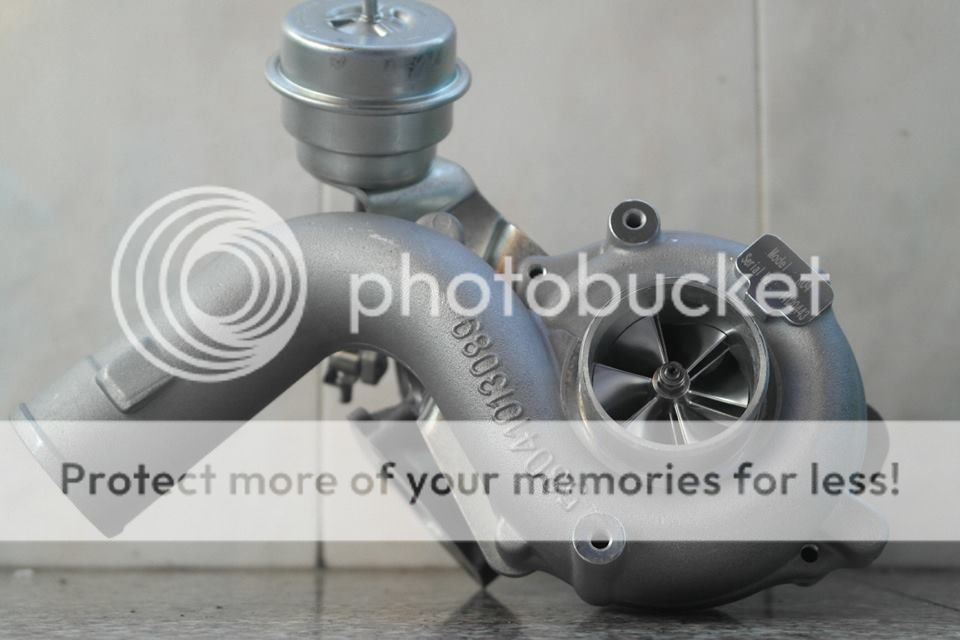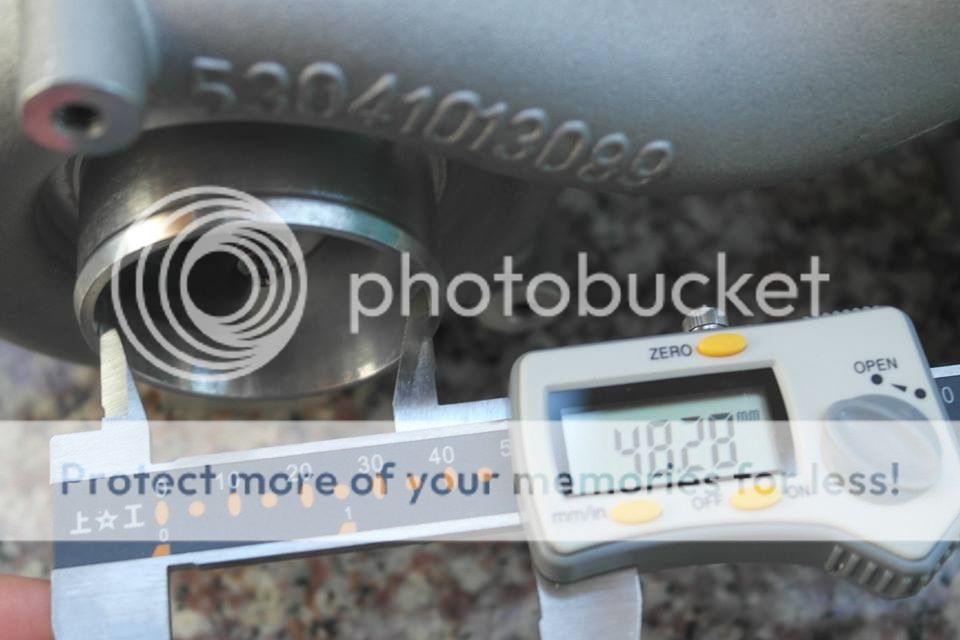slappy_dunbar
Let's Do This
- Joined
- Jan 2, 2010
- Messages
- 245
- Reaction score
- 20
- Points
- 18
- Location
- Westchester Cty, New York USA
- Website
- www.frankenturbo.com
A number of members here know FrankenTurbo. We're the hybrid turbo company that does business over in the Americas (not so much here in the UK, but I'm fine with that). For years I've kept a close eye on what you folks there try on your platform, and have learned a good bit. But I'm a tinkerer myself -- that's what got me into this racket -- and we conduct a bit of our own experimentation from time to time as well. So I thought I'd share what we're doing and welcome members' responses.
For starters, I'm going to address the common perception that our "numbers" are somehow immaterial because they come from us, using our cars on our equipment. Well, it's true that we measure power to the wheels and we use the American-made DynoJet system, neither of which practices translate well to Europeans. But I can do at least ONE thing: and that's show you how one of your cars performs on our test equipment. So take a look here and tell me if you see a car that might surprise you:
You're seeing correctly. That's a LHD European spec S3 with a BAM engine. And it's being baselined on its stock K04. The numbers to the wheels came in at 281tq/230hp. That's a good result from a K04 car, especially in light of the warm summer conditions. Here are the data logs we collected during the test:


The warm ambient air had its impact on maximum airflows, but overall the car delivered power right in line with what I'd expect. A chipped S3 is good for 230 wheel horsepower. That's our Americanized interpretation of it anyway.
So I'm going to put this test forward as a baseline for comparison as we move forward with testing. Whether people in this thread feel the numerical value is accurate matters less than having a reference point. And so I'm starting with that.
Thx
For starters, I'm going to address the common perception that our "numbers" are somehow immaterial because they come from us, using our cars on our equipment. Well, it's true that we measure power to the wheels and we use the American-made DynoJet system, neither of which practices translate well to Europeans. But I can do at least ONE thing: and that's show you how one of your cars performs on our test equipment. So take a look here and tell me if you see a car that might surprise you:
You're seeing correctly. That's a LHD European spec S3 with a BAM engine. And it's being baselined on its stock K04. The numbers to the wheels came in at 281tq/230hp. That's a good result from a K04 car, especially in light of the warm summer conditions. Here are the data logs we collected during the test:


The warm ambient air had its impact on maximum airflows, but overall the car delivered power right in line with what I'd expect. A chipped S3 is good for 230 wheel horsepower. That's our Americanized interpretation of it anyway.
So I'm going to put this test forward as a baseline for comparison as we move forward with testing. Whether people in this thread feel the numerical value is accurate matters less than having a reference point. And so I'm starting with that.
Thx
























 . But I am told a handful of BAM-engine vehicles are using it. It's a shame there isn't some equivalent for Europe. This level of tuning capability is great for the enthusiast-level user. Anyway, it's lucky for you guys that the independent tuners there in the UK take up that slack.
. But I am told a handful of BAM-engine vehicles are using it. It's a shame there isn't some equivalent for Europe. This level of tuning capability is great for the enthusiast-level user. Anyway, it's lucky for you guys that the independent tuners there in the UK take up that slack.


